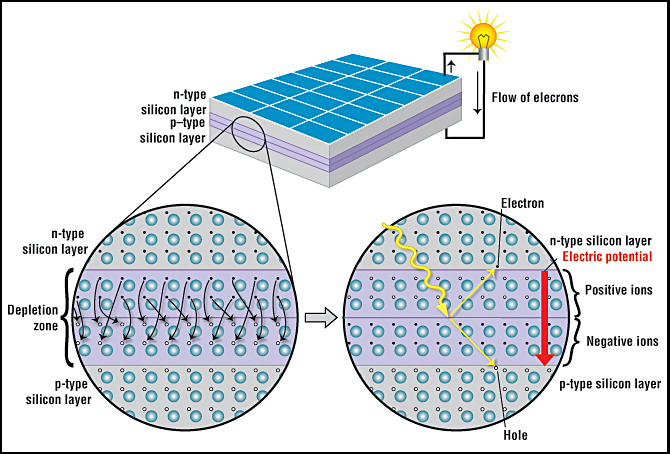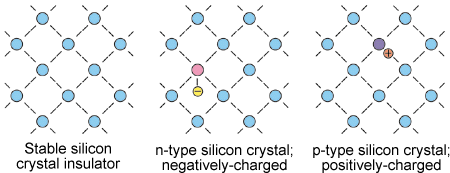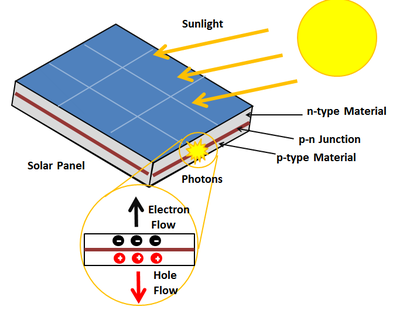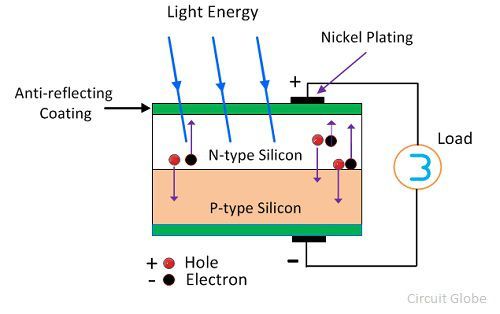An n type cell is doped with phosphorus which has one more electron than silicon making the cell negatively charged.
Difference between n type and p type solar panel.
Monocrystalline p type solar modules use cells wafers that are czochralski grown and block cast p type polycrystalline cells wafers to a lesser extent suffer from light induced degradation lid.
Thin film technology costs less than mono or poly panels but is also less efficient.
Monocrystalline solar cells are more efficient because they are cut from a single source of silicon.
An n type cell is doped with phosphorus which has one more electron than silicon making the cell negatively charged.
The advantages of n type cells.
Polycrystalline solar cells are blended from multiple silicon sources and are slightly less efficient.
Lid occurs when oxygen impurities in the silicon wafer react with the doped boron in the first few hours weeks of illumination of the cell.
While p type mono and multi perc are being developed n type wafers capacity is also on the rise itrpv forecasting a market share gain albeit still well under the major technologies.
The p type solar cell is the solar cell structure everyone knows.
First a solar cell is a crystalline silicon wafer covered with various chemicals to allow electricity generation.
The main difference between p type and n type solar cells is the number of electrons.
What differentiates n type and p type solar cells is the number of electrons.
N type cells are more resistant to light induced degradation than p type cells.
A p type cell usually dopes its silicon wafer with boron which has one less electron than silicon making the cell positively charged.
The advantages of n type cells.
An n type solar cell includes phosphorus which carries one more electron than silicon making it negatively charged.
It is mainly used in large scale commercial applications.
Monocrystalline p type solar modules use cells wafers that are czochralski grown and block cast p type polycrystalline cells wafers to a lesser extent suffer from light induced degradation lid.
A p type cell usually dopes its silicon wafer with boron which has one less electron than silicon making the cell positively charged.
But there is another choice very few people are aware they are making but it occurs when they select high end high efficiency solar panels that use n type solar cells over panels that use the much more common but lower efficiency p type solar cells.










